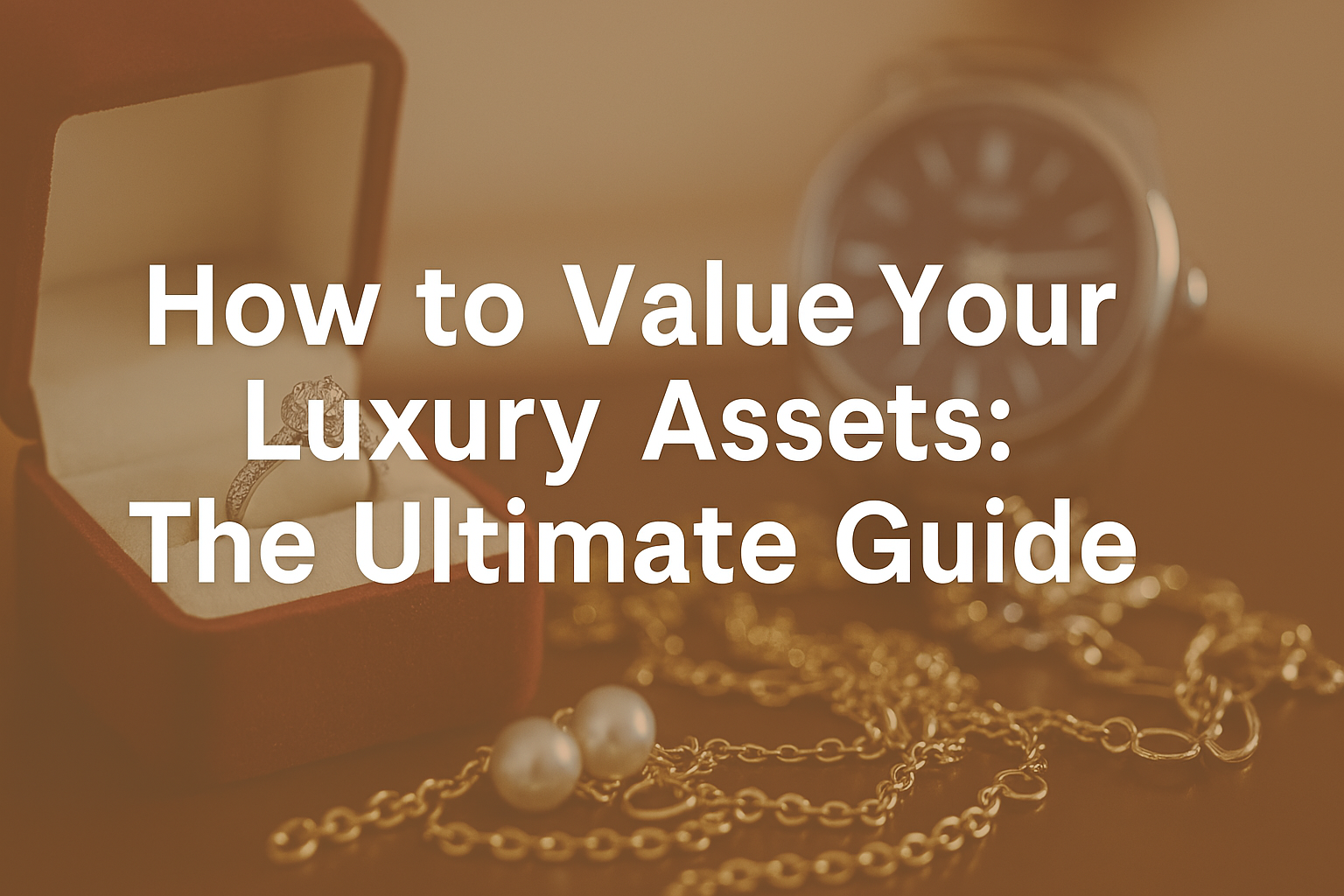
The Hidden Blueprint Behind Successful Luxury Brands: What Most Entrepreneurs Never See
Estimated reading time: 10 minutes
Introduction: Why Luxury Isn’t Just About Price
When people think of luxury, they often default to the obvious: price tags, exclusivity, gold accents, and dramatic flair. But real luxury — the kind that builds generational brands and timeless desirability — is built on something deeper. It’s not a price point. It’s a mindset, a system, and a deep emotional connection.
As someone who’s been behind the scenes, navigating the complex world of luxury commerce through Sovrano and various investments, I’ve seen a recurring pattern among successful luxury brands. A blueprint, if you will. And surprisingly, most entrepreneurs overlook it entirely.
So, let’s pull back the curtain.
Chapter 1: The Psychology of Luxury – Selling Emotion, Not Products
Want to sell a €30,000 watch or a €1.5M villa? You’re not selling metal or bricks. You’re selling identity.
Luxury thrives on the idea that owning a product means joining a story. A world. A tier of lifestyle. This emotional framework is so powerful that people will stand in line, fly across the globe, or join year-long waitlists just for the chance to purchase something.
🧠 SEO Tip Embedded: Keywords like “luxury brand psychology,” “emotional branding,” and “how to sell luxury” are rising in search volume, which makes this content evergreen and searchable.
Key Takeaway:
The deeper the emotional connection, the higher the price tolerance.
Chapter 2: Exclusivity by Design – Scarcity Is a Tool, Not an Accident
Scarcity drives value. Period.
True luxury brands manufacture scarcity by limiting production, controlling distribution, and curating who gets access. Think Hermès Birkin bags. Think Ferrari Monza SP2. Think off-market luxury real estate sold by private referral.
If you’re creating a luxury brand — or marketing one — ask yourself:
- Is my product too available?
- Can anyone buy it, or must they earn access?
- Am I signaling exclusivity at every touchpoint?
Luxury brands aren’t “out of stock.” They’re “reserved.”
Chapter 3: The New Luxury Buyer – They’re Younger, Smarter, and Global
The average luxury buyer isn’t who you think they are.
In 2025, your next client might be a 27-year-old crypto investor in Singapore. Or a 35-year-old founder who just exited their startup in Berlin. They’re digital natives, fluent in tech, and expect seamless, frictionless, hyper-personalized service.
They also don’t respond to traditional luxury cues. They value:
- Brand ethics
- Seamless digital experiences
- Quiet status (Google “stealth wealth” — it’s trending)
- Access over ownership
Luxury is no longer a gated castle — it’s an experience that meets them wherever they are.
Chapter 4: Systems Build Scale – The Operations No One Sees
Behind every seamless luxury experience is a ruthless backend.
Logistics. Sourcing. CRM. Secure payments. Private delivery channels. Verified authentication.
Brands that scale in the luxury space are not just creative — they are operationally elite. That’s one reason why at Sovrano, we built infrastructure before branding. Our philosophy: deliver flawlessly, then dazzle.
Want to scale your luxury brand? Invest in:
- Automation
- CRM tailored to HNW clients
- Fulfillment that matches the emotional value of your brand
Chapter 5: Build Trust Like You Build Wealth — Slowly, Consistently, Authentically
Luxury is trust. Especially when transactions are high-value and low-frequency.
Whether you’re selling a vintage watch, a waterfront property, or a handcrafted travel experience, your brand’s credibility is currency.
🪙 How to build trust in the luxury space:
- Never overpromise
- Be transparent about process, lead time, and exclusivity
- Maintain a strong personal brand (yes, people Google you)
- Use testimonials, referrals, and white-glove follow-up
SEO gold: Add keywords like “how to build trust in luxury business,” “luxury sales trust building,” and “authentic branding for high-net-worth clients.”
Chapter 6: The Future of Luxury — Decentralized, Digital, and Experience-Driven
The next evolution of luxury? It’s already here.
- Tokenized assets: Real estate NFTs and digital ownership of rare assets
- Private digital communities: Think exclusive Telegram groups or token-gated experiences
- AI-powered personalization: Offering smarter, predictive recommendations based on behavior and preference
The brands that win in the next decade will be those that combine human intimacy with technological precision.
Final Words from Bardia: Build Like You’re Designing Legacy
Whether you’re a brand owner, investor, or visionary creative, the truth is simple: Luxury isn’t built fast — it’s built right.
It requires discipline, detail, and depth. I’ve seen firsthand that the ones who win in this space are the ones who understand both the art and the algorithm.
So build slowly. Build intentionally. And never forget — you’re not just selling things.
You’re selling what those things mean.

Leave a Reply